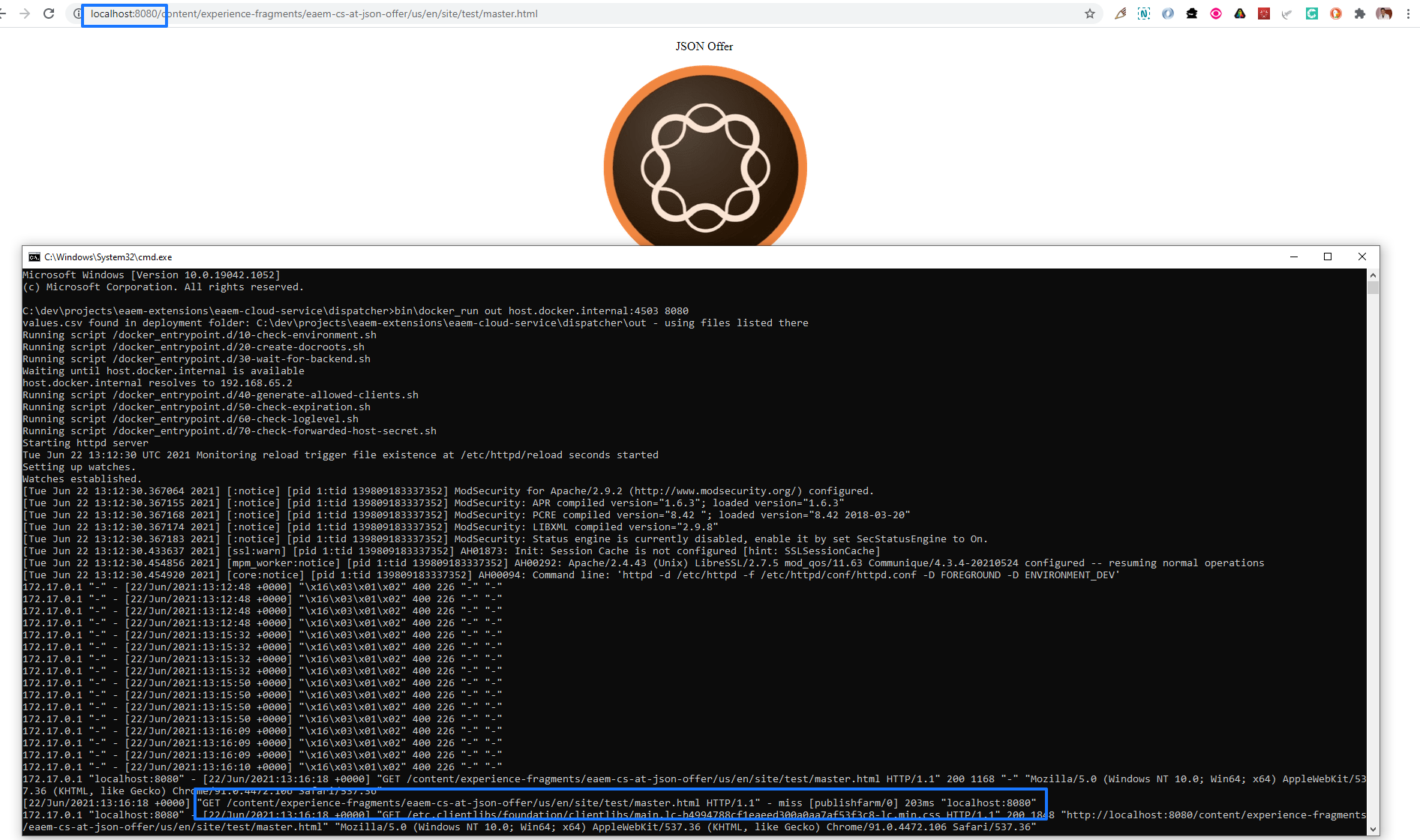

If you have installed Docker Desktop on a system that supports WSL 2, this option will be enabled by default. Select the Use WSL 2 based engine check box.
#Failed to deploy distro docker desktop install
Follow the usual installation instructions to install Docker Desktop.InstallĮnsure you have completed the steps described in the Prerequisites section before installing the Docker Desktop release.

#Failed to deploy distro docker desktop update
Download and install the Linux kernel update package.ĭownload Docker Desktop for Windows.For detailed instructions, refer to the Microsoft documentation. Install Windows 10, version 1903 or higher or Windows 11.Prerequisitesīefore you install the Docker Desktop WSL 2 backend, you must complete the following steps: It takes less than 10 seconds to start the Docker daemon when compared to almost a minute in the previous version of Docker Desktop. This means, Docker Desktop only uses the required amount of CPU and memory resources it needs, while enabling CPU and memory-intensive tasks such as building a container to run much faster.Īdditionally, with WSL 2, the time required to start a Docker daemon after a cold start is significantly faster. In addition, WSL 2 provides improvements to file system sharing, boot time, and allows access to some cool new features for Docker Desktop users.ĭocker Desktop uses the dynamic memory allocation feature in WSL 2 to greatly improve the resource consumption. With Docker Desktop running on WSL 2, users can leverage Linux workspaces and avoid having to maintain both Linux and Windows build scripts. Windows Subsystem for Linux (WSL) 2 introduces a significant architectural change as it is a full Linux kernel built by Microsoft, allowing Linux distributions to run without having to manage Virtual Machines. Commercial use of Docker Desktop in larger enterprises (more than 250Įmployees OR more than $10 million USD in annual revenue) now requires a paid


 0 kommentar(er)
0 kommentar(er)
